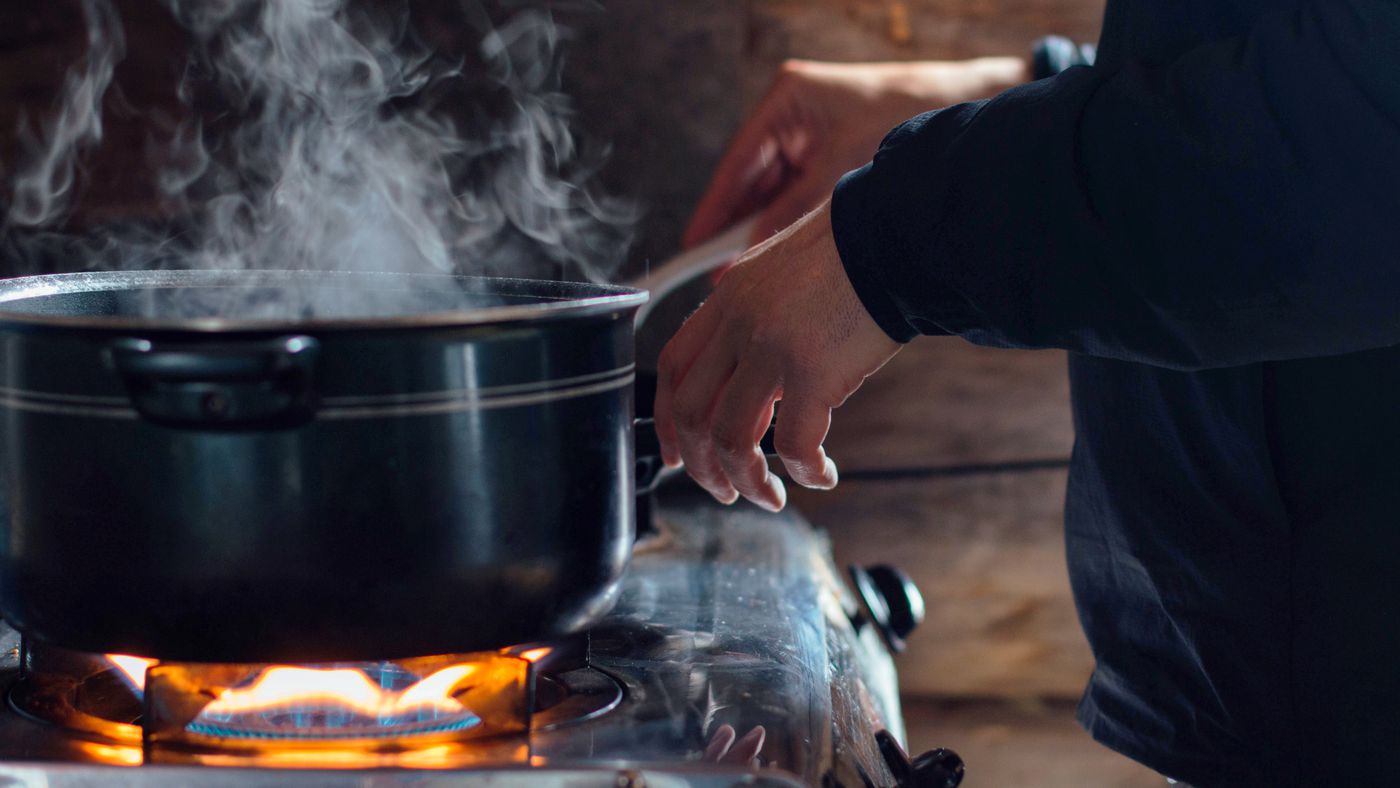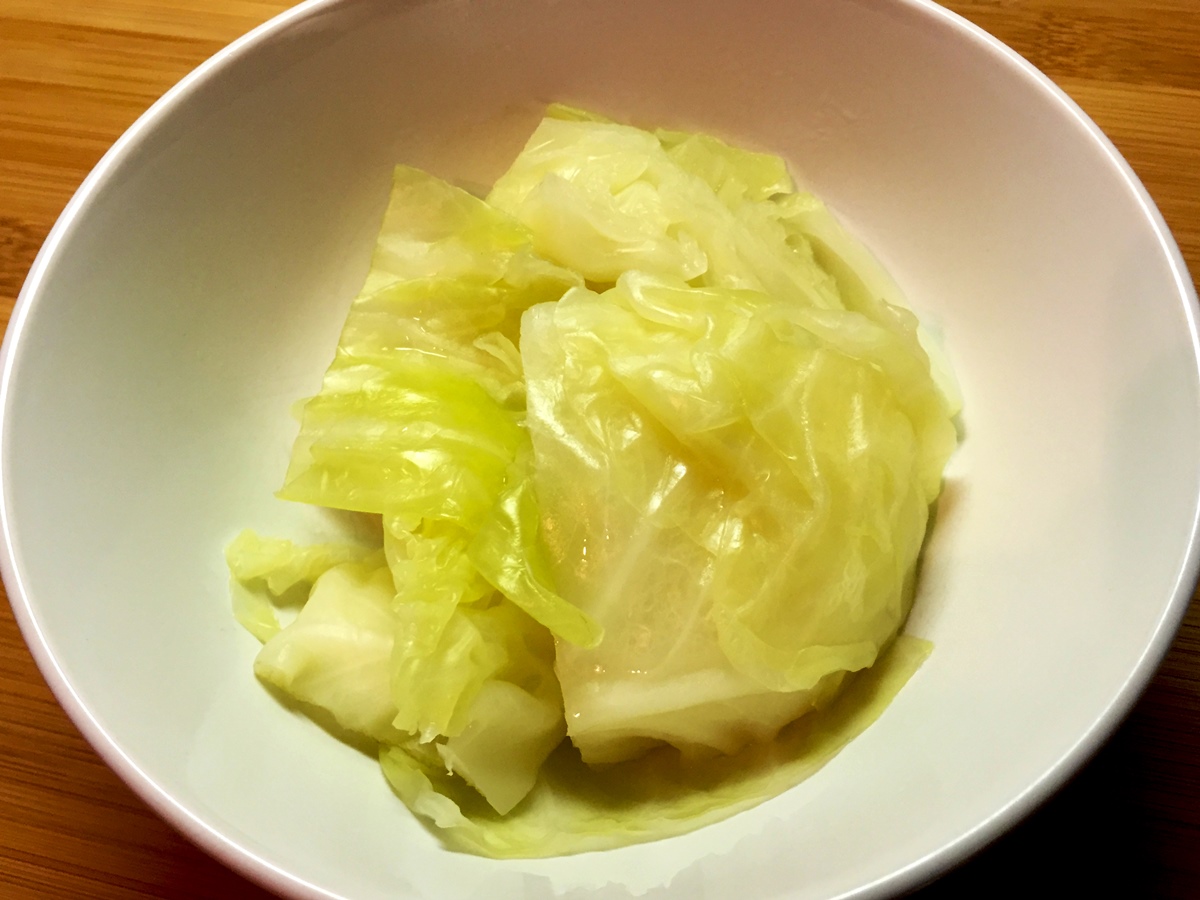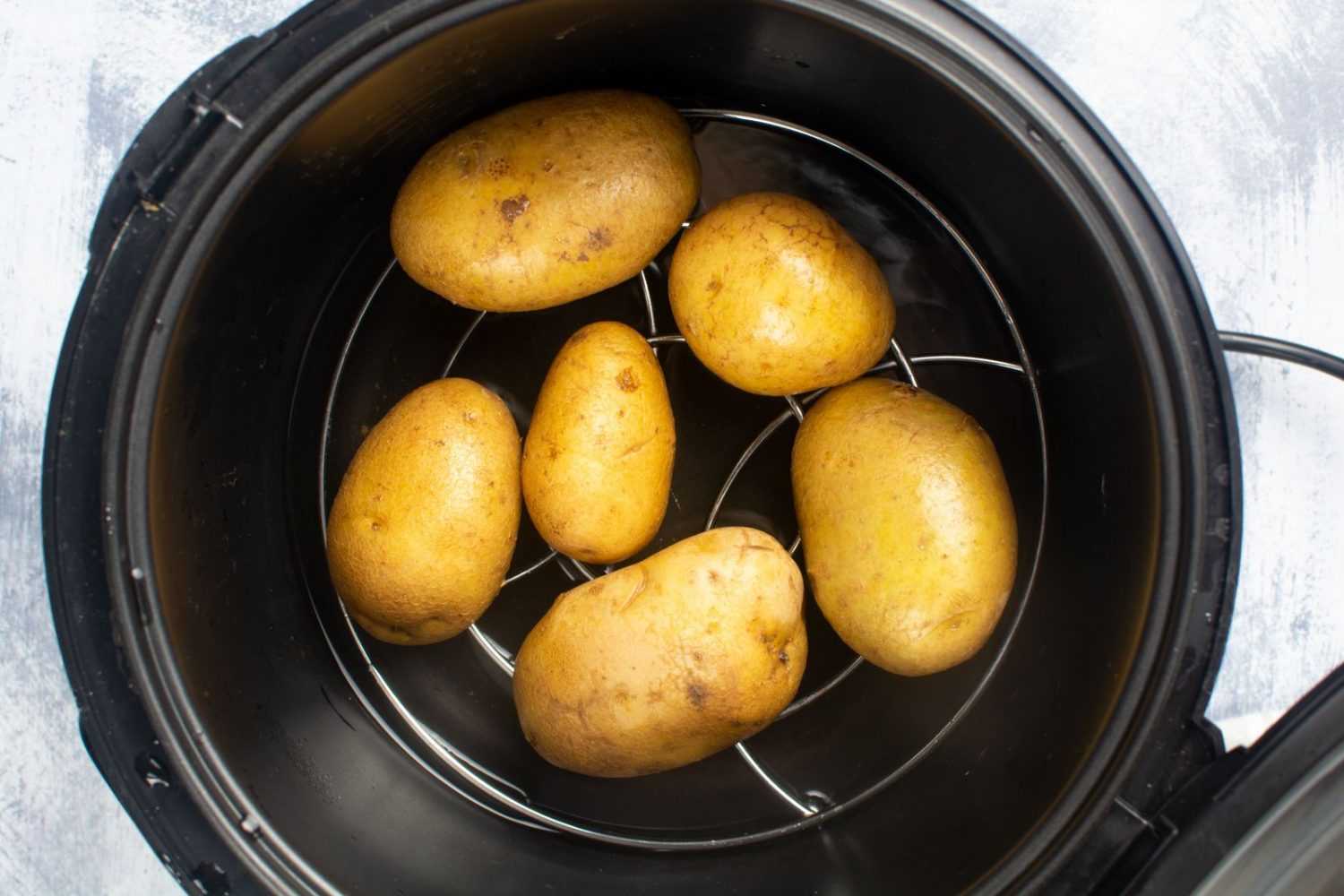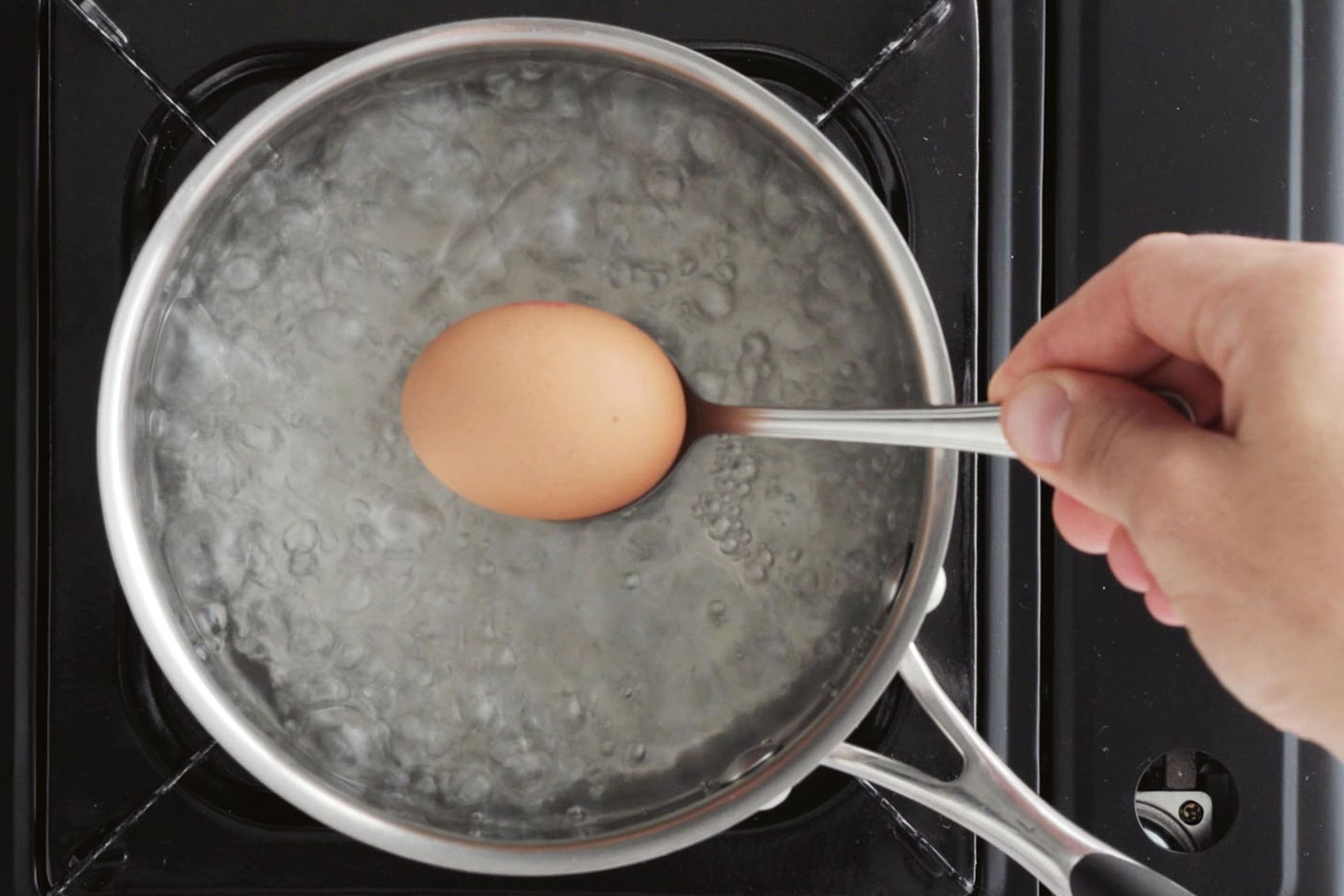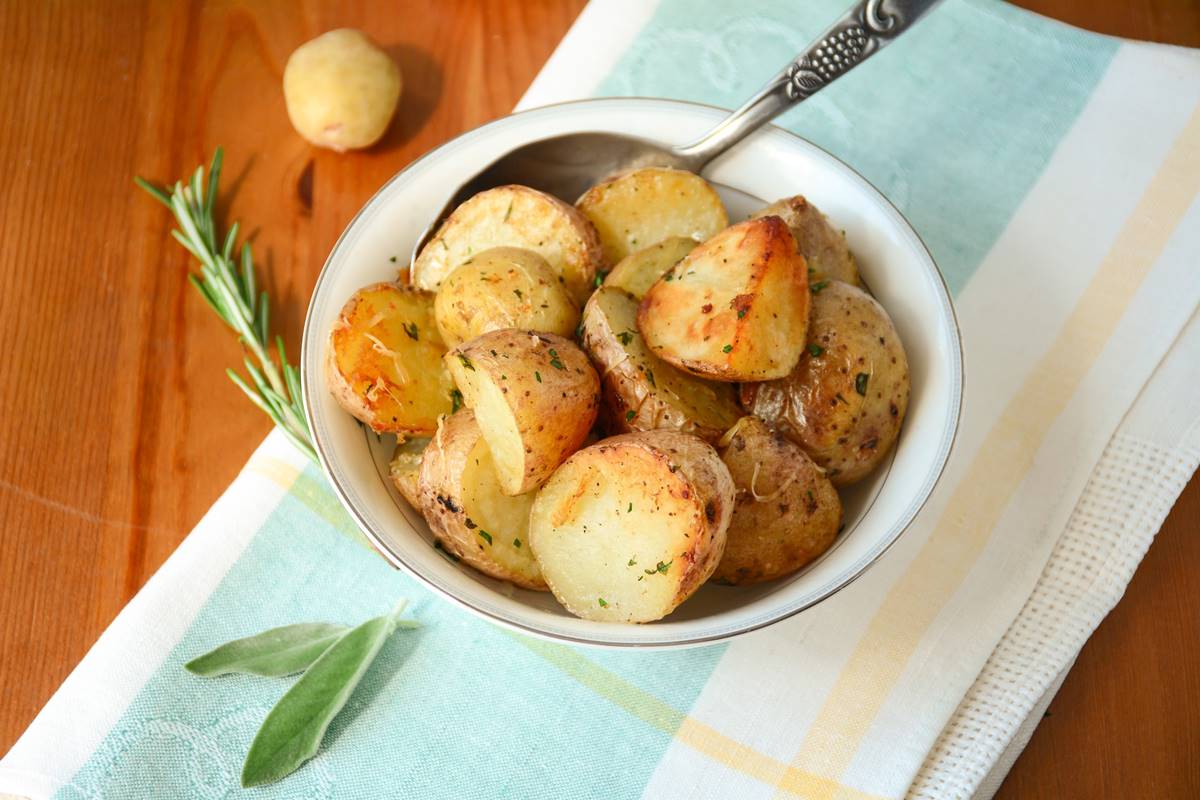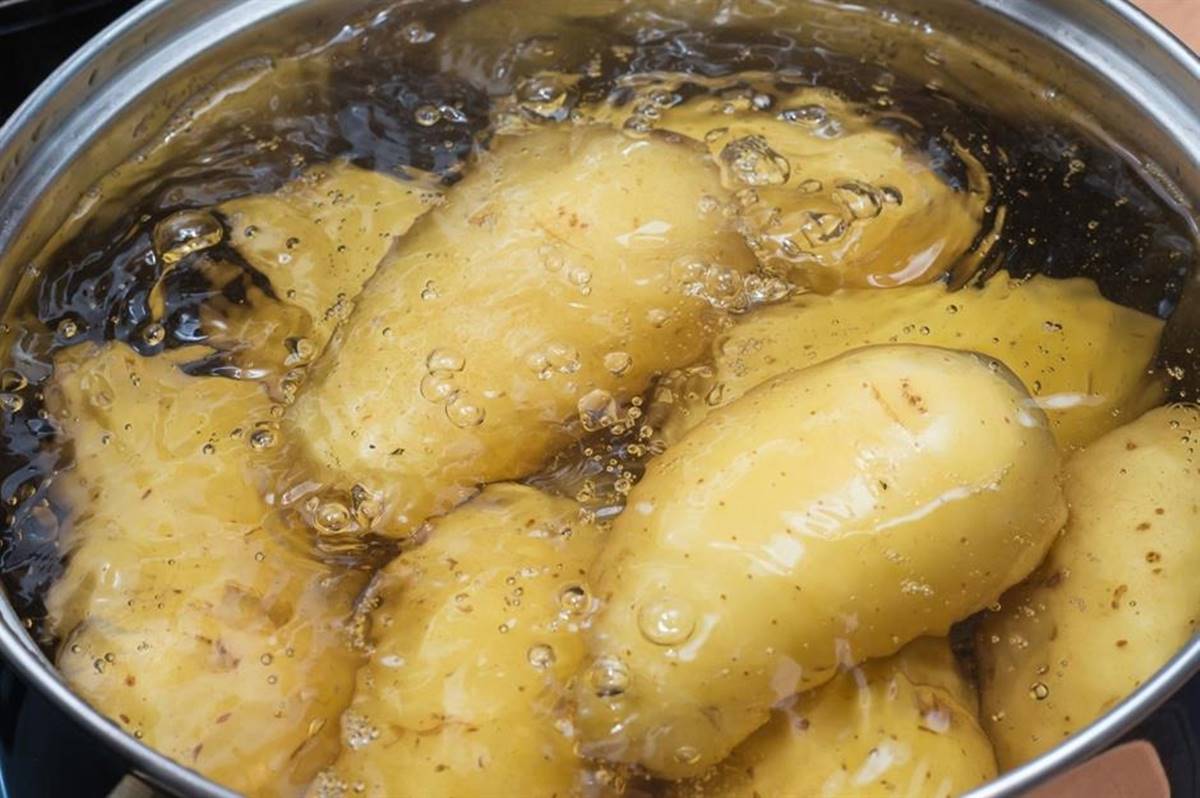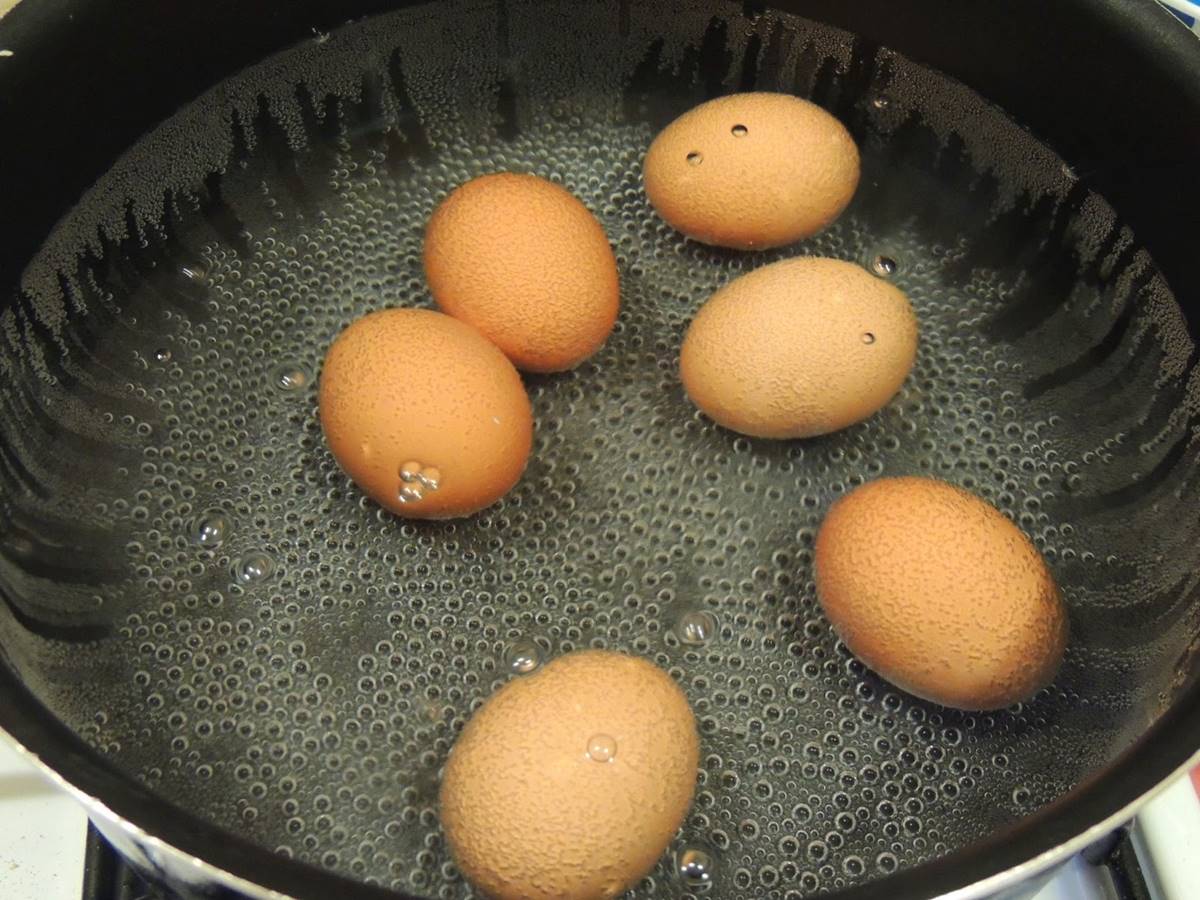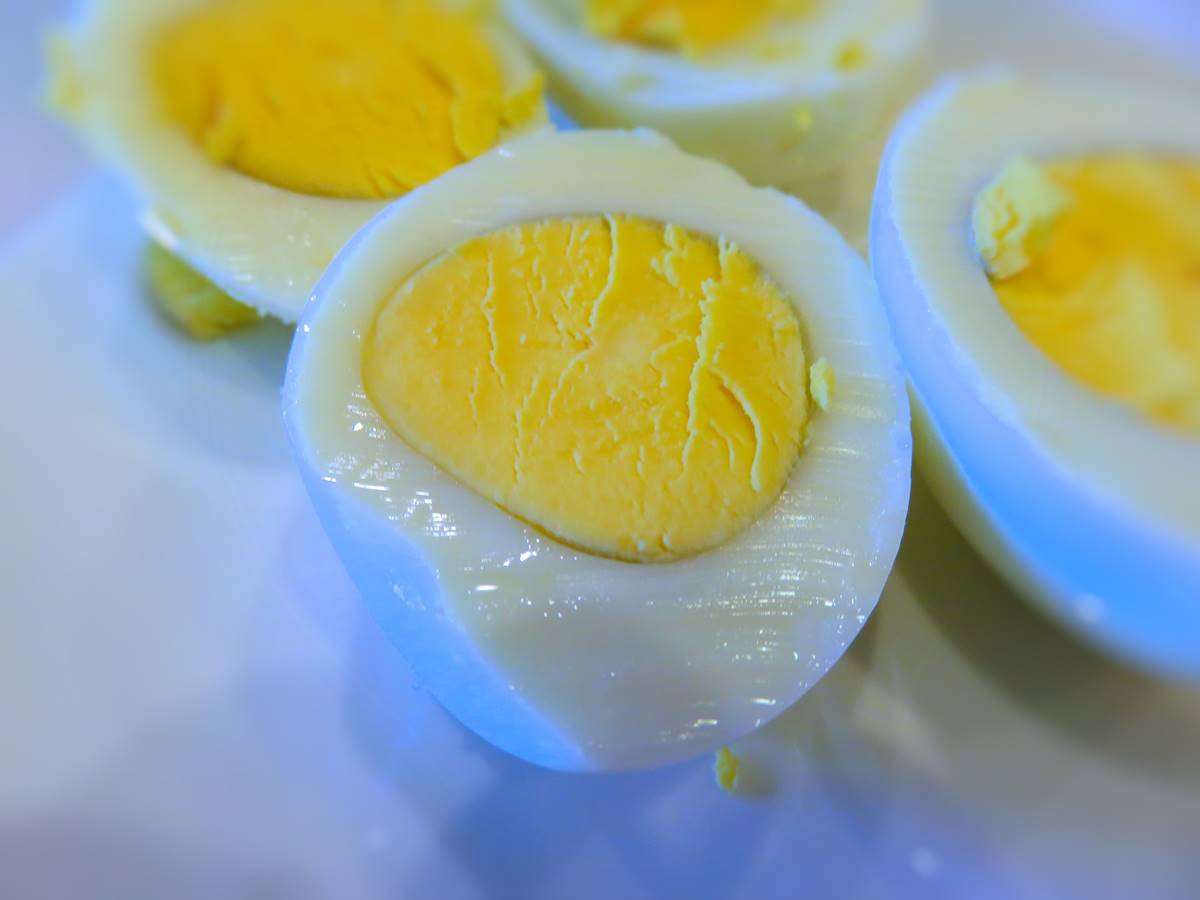Boiling beans on a stove might seem straightforward, but mastering this simple cooking technique ensures perfectly tender results every time. Whether you're aiming for a hearty chili, a refreshing salad, or a comforting soup, starting with properly boiled beans can make all the difference. This guide will walk you through selecting the right beans, pre-soaking tips, and the boiling process itself. With a pinch of patience and these easy-to-follow steps, you'll elevate your culinary creations, making them not just nutritious but delicious too. Ready to transform those dry beans into a versatile kitchen staple? Let's get started.
Essential Ingredients for Perfectly Boiled Beans
- Dry beans
- Water
- Salt (optional)
Must-Have Tools for Boiling Beans
- Large pot
- Wooden spoon
- Colander
- Measuring cup
- Timer or stopwatch
For perfectly boiled beans, soak overnight, rinse, then simmer on low heat with enough water to cover them. Add salt towards the end to prevent skins from toughening.
The Importance of Boiling Beans Correctly
Boiling beans on the stove is a fundamental cooking technique that unlocks their full flavor and nutritional value. This method softens beans, making them easier to digest and allowing their natural tastes to shine through in various dishes. Properly boiled beans offer a rich source of protein, fiber, and vitamins.
Understanding how to boil beans on the stove ensures they're cooked to perfection without losing essential nutrients. It's a skill that elevates simple ingredients into hearty, wholesome meals. Mastery of this process also reduces the need for canned alternatives, offering a fresher, more flavorful, and cost-effective option for everyday cooking.
Your Step-by-Step Guide to Boiling Beans
How To Boil Beans On Stove
-
Rinse Beans: Begin by thoroughly rinsing your beans under cold water to remove any dirt or debris.
-
Soak Overnight: For best results, soak beans in a large pot of water overnight. This step reduces cooking time and makes beans easier to digest.
-
Drain and Rinse: After soaking, drain beans and rinse them again under cold water.
-
Add Fresh Water: Place beans back in the pot and cover them with fresh, cold water. Ensure water level is about 2 inches above beans.
-
Add Flavorings (Optional): For extra flavor, consider adding garlic, onion, or herbs like bay leaves.
-
Bring to Boil: Turn heat to high and bring beans to a boil.
-
Reduce Heat and Simmer: Once boiling, reduce heat to low, cover pot with a lid slightly ajar, and let beans simmer. Stir occasionally to prevent sticking.
-
Check Doneness: Cooking time varies depending on bean type. Start checking after 1 hour by tasting a bean or pressing against it with a fork. Beans should be tender but not mushy.
-
Add Salt: When beans are nearly done, add salt to taste. Adding salt too early can toughen beans.
-
Remove from Heat: Once beans reach desired tenderness, remove pot from heat.
-
Drain Excess Liquid: If not using beans in a soup or stew, drain excess liquid.
Tips for Perfect Beans Every Time
-
Quick Soak Method: If short on time, use the quick soak method. Bring beans to a boil for 2 minutes, then let them soak for 1 hour off the heat, drain, and proceed with cooking.
-
Keep Beans Submerged: During cooking, add more water if beans are not fully submerged.
-
Avoid Acidic Ingredients Early: Ingredients like tomatoes or lemon juice can prevent beans from softening. Add these towards the end of cooking.
-
Use Fresh Beans: Older beans take longer to cook and may not soften well. For best results, use beans within a year of purchase.
-
Cooking Times Vary: Different beans have varying cooking times. Smaller beans may cook in under an hour, while larger ones like chickpeas can take longer.
-
Store Properly: Cooked beans can be stored in the refrigerator for up to 5 days or frozen for longer storage.
Mastering the Art of Bean Boiling
Boiling beans on the stove might seem like a basic kitchen task, but mastering this technique can elevate your cooking game significantly. Remember, patience and attention to detail are your best friends here. Start with soaking your beans overnight to ensure they cook evenly and more quickly. Always use a heavy pot and enough water to cover the beans by a couple of inches, giving them room to expand without spilling over. Keep the heat at a gentle simmer to prevent the skins from breaking and to cook them evenly. Seasoning at the right time, towards the end of cooking, will make sure your beans are flavorful without getting mushy. With these tips, you'll find that boiling beans on the stove is not just about getting them soft; it's about unlocking their full potential in your culinary creations.
Once you've mastered boiling beans on the stove, there's a variety of delicious recipes to try. For a hearty meal, give Hearty Chili Con Carne a go; it's a robust dish perfect for any season. If you're in the mood for something lighter, the Mediterranean Chickpea Salad is refreshing and packed with flavor. For a taste of Italy, Italian Pasta e Fagioli is a comforting choice that combines beans with pasta for a satisfying meal. Spice things up with Spicy Bean Burritos, a quick and flavorful option that's great for weeknights. Lastly, Sweet Potato and Black Bean Tacos offer a delightful blend of sweet and savory, making it a must-try for taco enthusiasts.
All Your Questions About Boiling Beans Answered
How long does it take to boil beans on the stove?
Well, boiling beans is a bit like waiting for a pot to whistle. It's not just about time; it's about the type of bean you're cooking. For most kinds, soaking them overnight then simmering for about 1-2 hours should do the trick. But hey, keep an eye on them; nobody likes a mushy bean!
What's the best way to soak beans before boiling?
Ah, soaking beans is like giving them a little spa day before the main event. You've got two options: the overnight soak or the quick soak. Overnight is easy—just let them bathe in plenty of cold water for about 8 hours. For a quick soak, boil them for a minute, then let them sit in the hot water for an hour. Either way, they'll be plumped up and ready for action.
Do I need to salt the water when boiling beans?
Now, this is where opinions split. Adding salt can toughen the beans if you toss it in too early. So, wait until they're almost done cooking, then add a pinch of salt. This way, you season them without risking any toughness.
Can I add flavorings to beans while they're boiling?
Absolutely! Throwing in some garlic, onion, or herbs can turn those beans from bland to grand. Just add them at the beginning of the cooking process, and let those flavors meld together beautifully.
How do I know when the beans are fully cooked?
It's all in the bite. Grab a bean and give it a taste. If it's tender and creamy, you've hit the jackpot. If it's still a bit crunchy, give them more time. Beans are patient little guys; they don't mind simmering a bit longer.
Is there a way to speed up the boiling process?
If you're in a hurry, the pressure cooker is your best friend. It can cut down the cooking time significantly, getting those beans ready in a fraction of the time. Just be sure to follow your cooker's instructions to avoid any bean-related mishaps.
What should I do if the beans start to foam while boiling?
No worries, foaming is just beans doing their thing. Skim off the foam with a spoon and discard it. Keep the lid slightly ajar to let some of the steam escape, and you'll keep the foam in check.
Was this page helpful?
Read Next: How To Boil Salt Out Of Water
